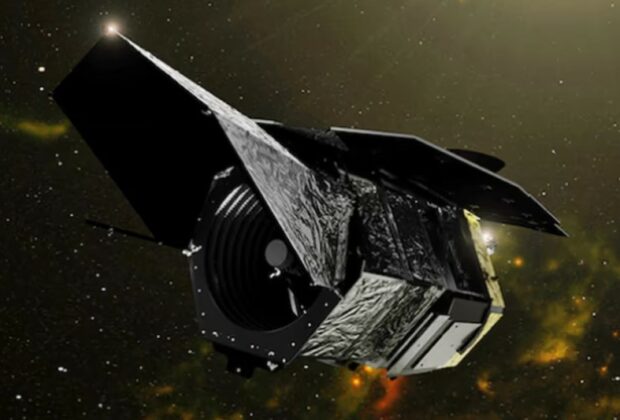A brand-new space telescope that can see 100 times as well as the Hubble Space Telescope is scheduled to be launched by NASA. This telescope could aid scientists in creating the technology necessary to detect extraterrestrial worlds.
According to the organization, the next-generation space observatory, the Nancy Grace Roman Space Telescope, is scheduled to launch in May 2027 and will enable astronomers to solve scientific puzzles related to infrared astrophysics, exoplanets, and dark energy.
According to NASA, the new space telescope is also viewed as a significant advancement in technology that will enable scientists to look for habitable planets in the future. The Roman Coronagraph Instrument, which could be essential in assisting future telescopes in identifying planets similar to Earth, is being tested as part of the mission.
“In order to get from where we are to where we want to be, we need the Roman Coronagraph to demonstrate this technology.” stated Rob Zellem, the deputy project scientist for communications for the Roman Space Telescope at NASA Goddard. He continued, “We’ll be applying those lessons learned to the next generation of NASA flagship missions that will be explicitly designed to look for Earth-like planets.”
About the size of a baby grand piano, the coronagraph is a sophisticated system of detectors, prisms, self-flexing mirrors, and masks. In order for astronomers to discern the weak evidence of planets orbiting stars, it is made to block their light.
Scientists currently use telltale dips in brightness when the planet moves between the star and the observer to identify planets orbiting far-off suns. The method has limitations, even though we have been able to detect thousands of planets like this one. First, the planet must move between the star and the observer, and because of the angle at which we view many stars, we may never know if they contain planets.
Second, a planet moving in front of a star dims very quickly, making it easy to overlook. Large worlds that have just formed and are still blazing from the flames that created them are known as other planets because they also radiate light.








